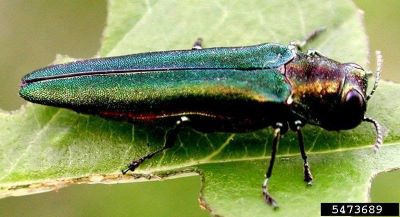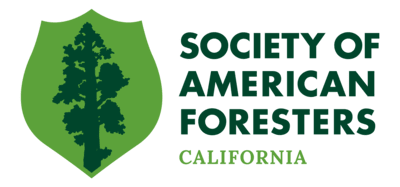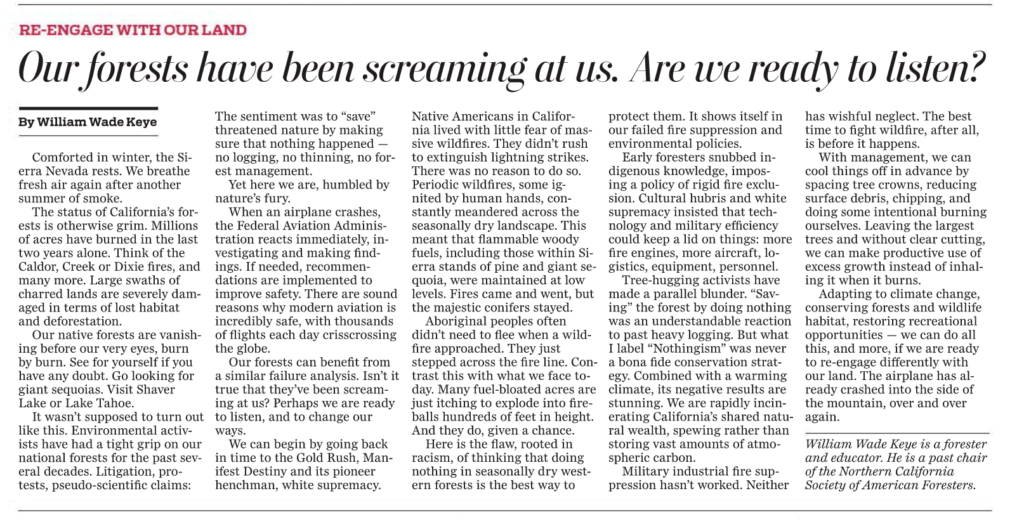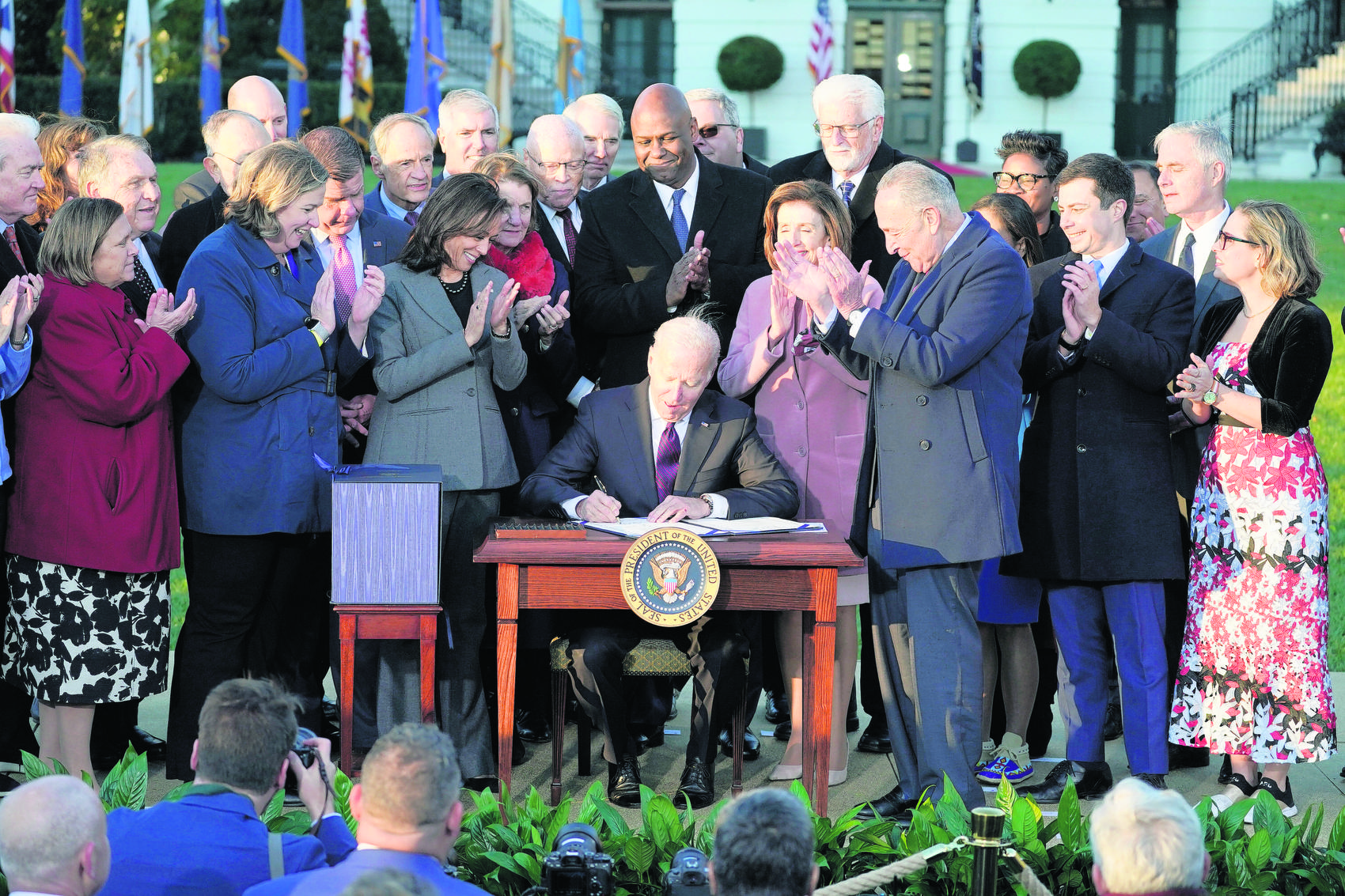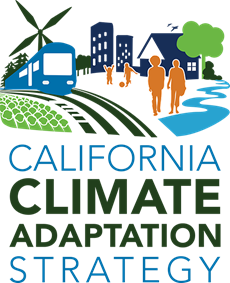Today in conjunction with Earth Day, the California Natural Resources Agency (CNRA) released two documents: The final Natural and Working Lands Climate Smart Strategy to advance California’s commitment to building an equitable, resilient, and carbon-neutral future through climate-focused land management; and the final Pathways to 30×30: Accelerating Conservation of California’s Nature strategy to support the state’s pledge to conserve 30 percent of California’s lands and coastal waters by 2030 (30×30) to protect biodiversity, advance equitable access to nature and address climate change.
These strategies respond to Governor Newsom’s October 2020, Nature-Based Solutions Executive Order N-82-20, advancing biodiversity conservation as an administration priority and elevating the role of nature in the fight against climate change. As part of this Executive Order, California committed to the goal of conserving 30 percent of our lands and coastal waters by 2030 (30×30).
The two strategies were shaped by months of public engagement. More than 4,100 Californians engaged with the state to provide input through more than a dozen public meetings, regionally based workshops, expert topical panels on key concepts, such as equity and science, and comments on draft strategies.
Join CNRA this coming Tuesday, April 26 from 12:00-1:00 p.m. Pacific Time (PT) for a presentation on the state’s final Pathways to 30×30: Accelerating Conservation of California’s Nature and final Natural and Working Lands Smart Climate Strategy documents. We look forward to discussing highlights and next steps.
Register here: https://us06web.zoom.us/webinar/register/WN_bE1Wwgc3T_ScFYuGNXjUtg
CNRA is responsible for overseeing the implementation of Pathways to 30×30, driving near-term strategic actions to advance progress, leveraging public funding, establishing the 30×30 Partnership, and maintaining californianature.ca.gov to inform, empower, and engage conservation champions across the state.
In conjunction with today’s announcement, CNRA also recently released a fully functional version of CA Nature, a publicly accessible suite of interactive mapping and visualization tools. CA Nature compiles statewide biodiversity, access, climate, and conservation information in one place to advance 30×30. This geographic information system (GIS) will support the implementation of 30×30 efforts at the state, regional and local levels. The website will be regularly updated to track and show progress toward meeting the goals outlined in EO 82-N-20.
For additional information on 30×30, please visit www.CaliforniaNature.ca.gov.
For additional information on the Natural and Working Lands Climate Smart Strategy, please visit, resources.ca.gov/Initiatives/Expanding-Nature-Based-Solutions.
